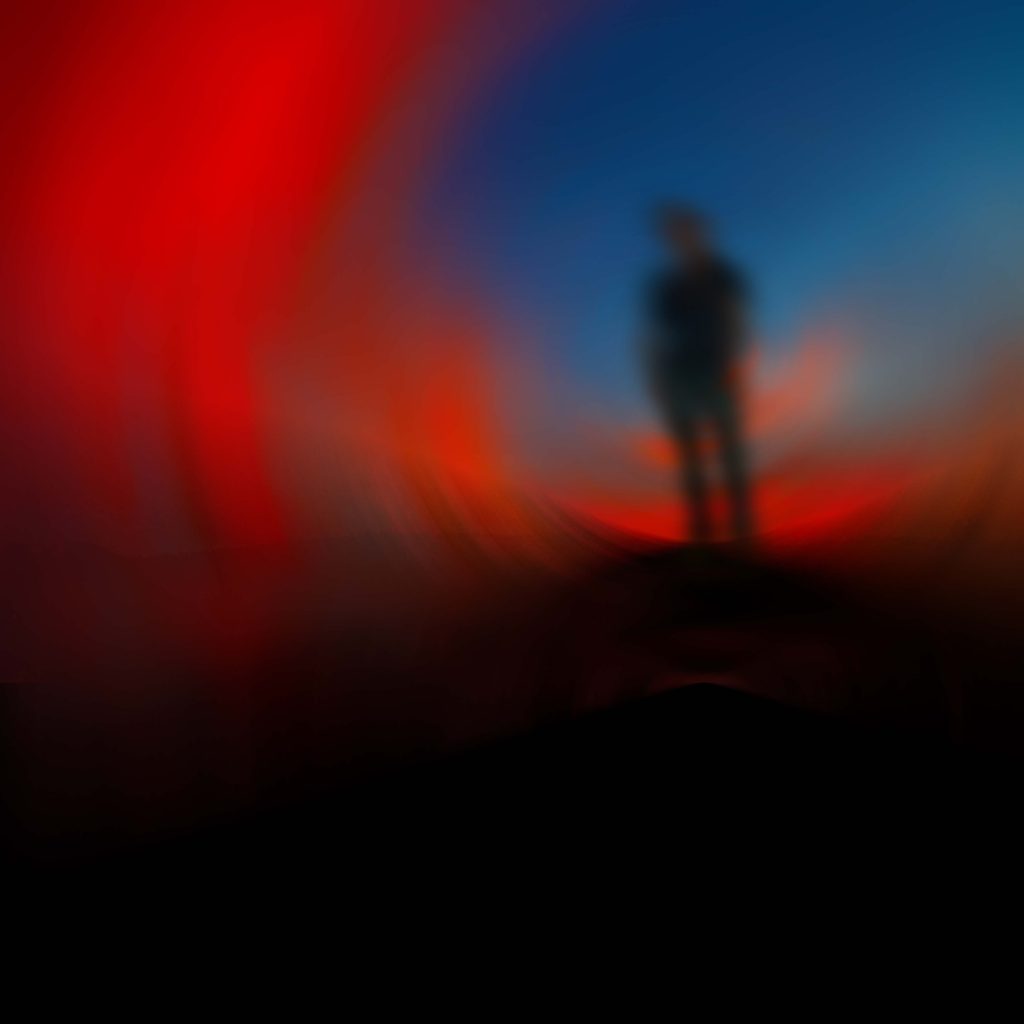7 Abstract images
Understanding Abstract Photography
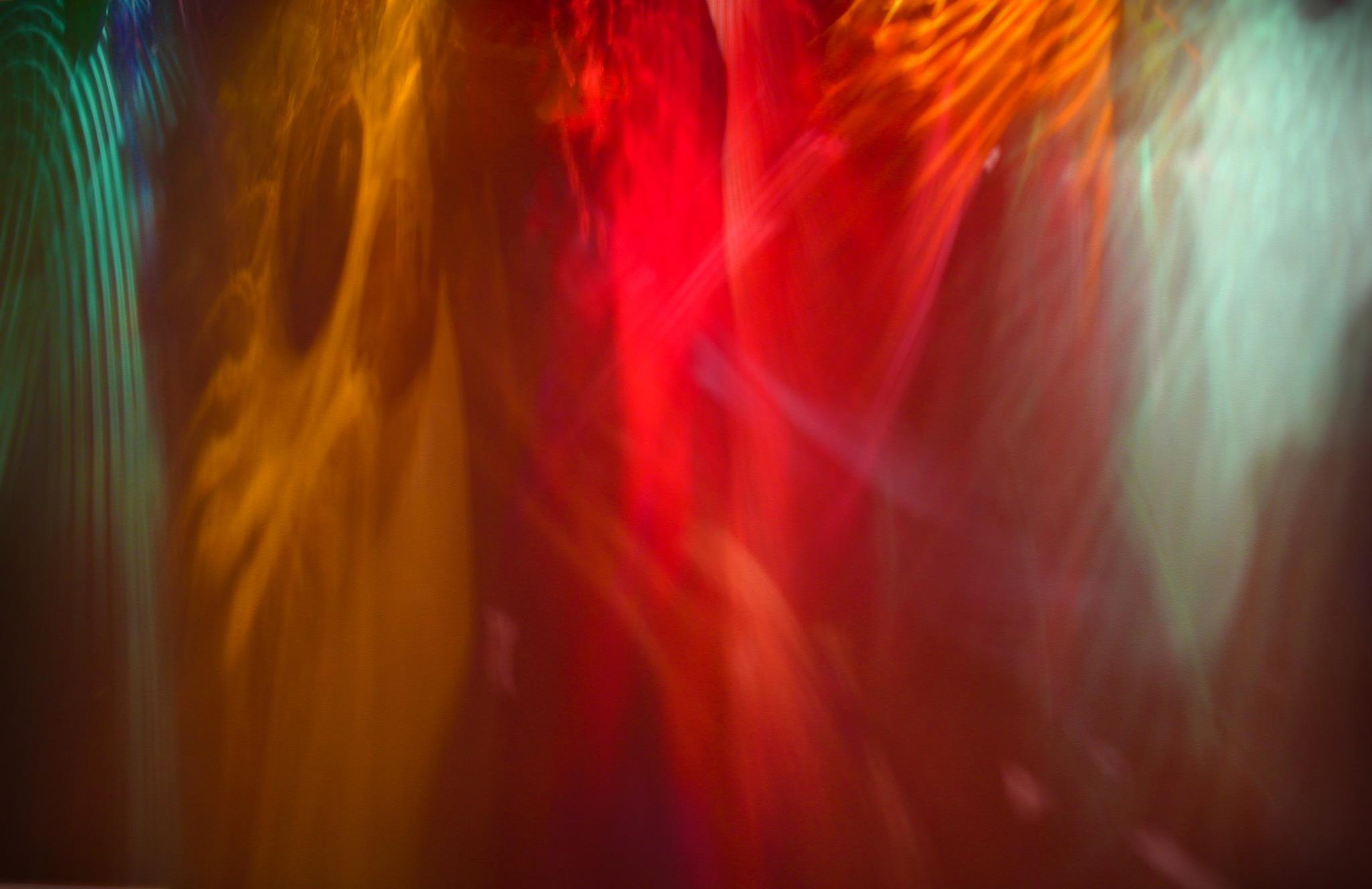
Abstract photography is about seeing the world in a different way. It involves capturing images that do not represent the subject in a literal way, but rather emphasize shape, color, pattern, and texture to create visually appealing and thought-provoking compositions. Taking abstract images is a way to exercise your creative thinking skills, requiring you to see and think about the world differently. You can find abstract compositions hidden in everyday objects, such as the peeling paint on a park bench or the radial symmetry created by the spokes of a bicycle tire. A successful abstract image makes us forget what the object being photographed is and instead appreciate the aesthetic qualities that make us see something as beautiful and interesting.
Using your DSLR camera, you can explore various techniques and apply the principles of composition and color theory to create stunning abstract images. This chapter will guide you through the process and provide practical exercises to help you master abstract photography.
Techniques for Abstract Photography
1. Reflections
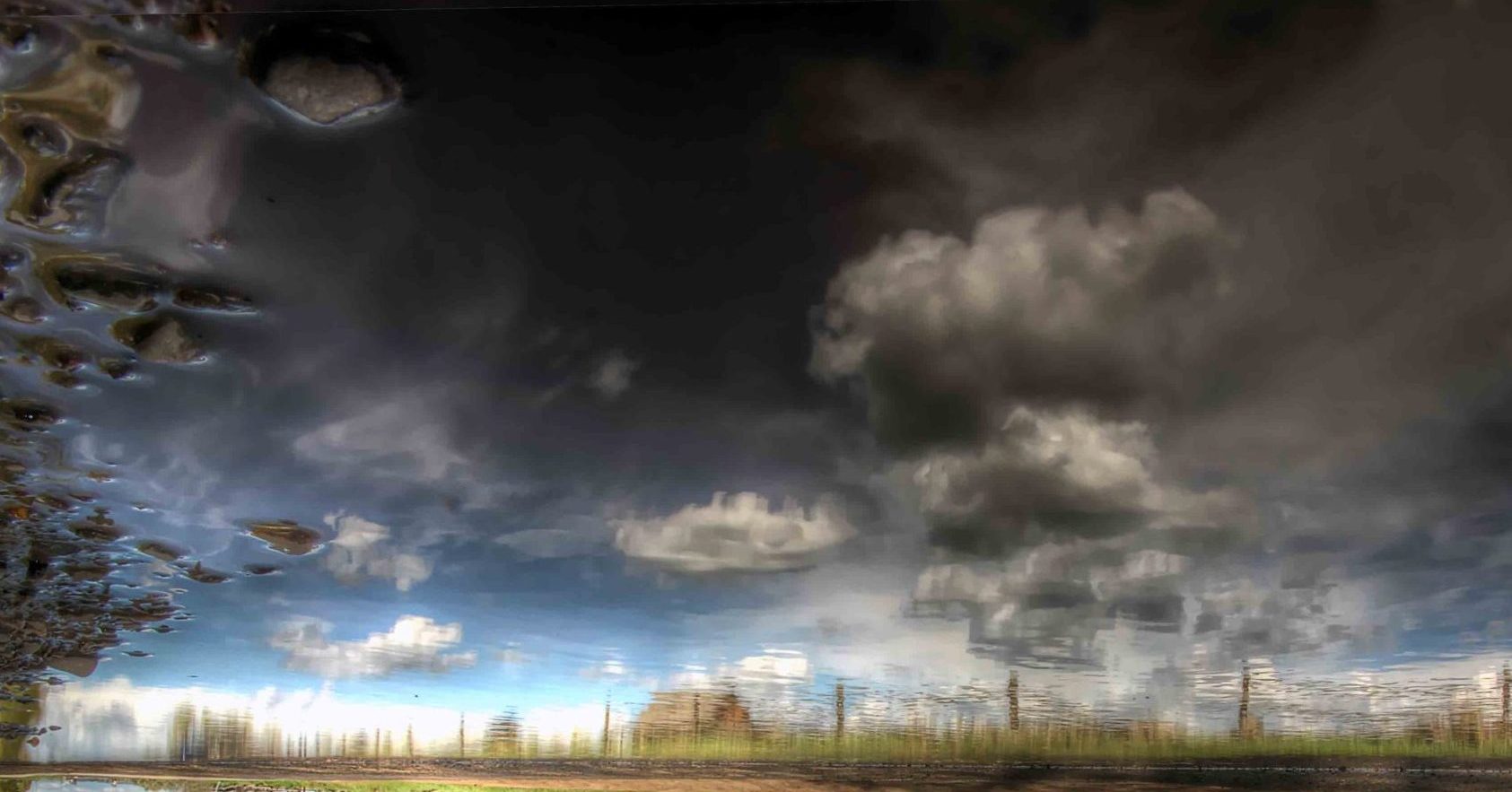
Reflections can create intriguing abstract images by distorting and fragmenting the appearance of subjects. Look for reflections in water, glass, or any reflective surface.
Exercise: Photographing Reflections
- Find a location with reflective surfaces like water puddles, glass buildings, or calm lakes.
- Experiment with different angles to capture unique reflections.
- Try your image with and without the use of a polarizing filter to see the results. Polarizing filters can reduce glare and enhance colors.
2. Macro Photography

Getting close to your subject can reveal details and patterns that are not visible to the naked eye, transforming ordinary objects into abstract compositions.
Exercise: Macro Images
- Use a macro lens or the macro setting on your DSLR. However, you don’t need to buy a special lens just for this exercise; just get as close as your lens will let you get to your object.
- Get as close as possible to subjects like flowers, leaves, or backlit thin slices of fruit (to show the texture).
- Experiment with different angles and lighting to highlight textures and details.
3. Textures
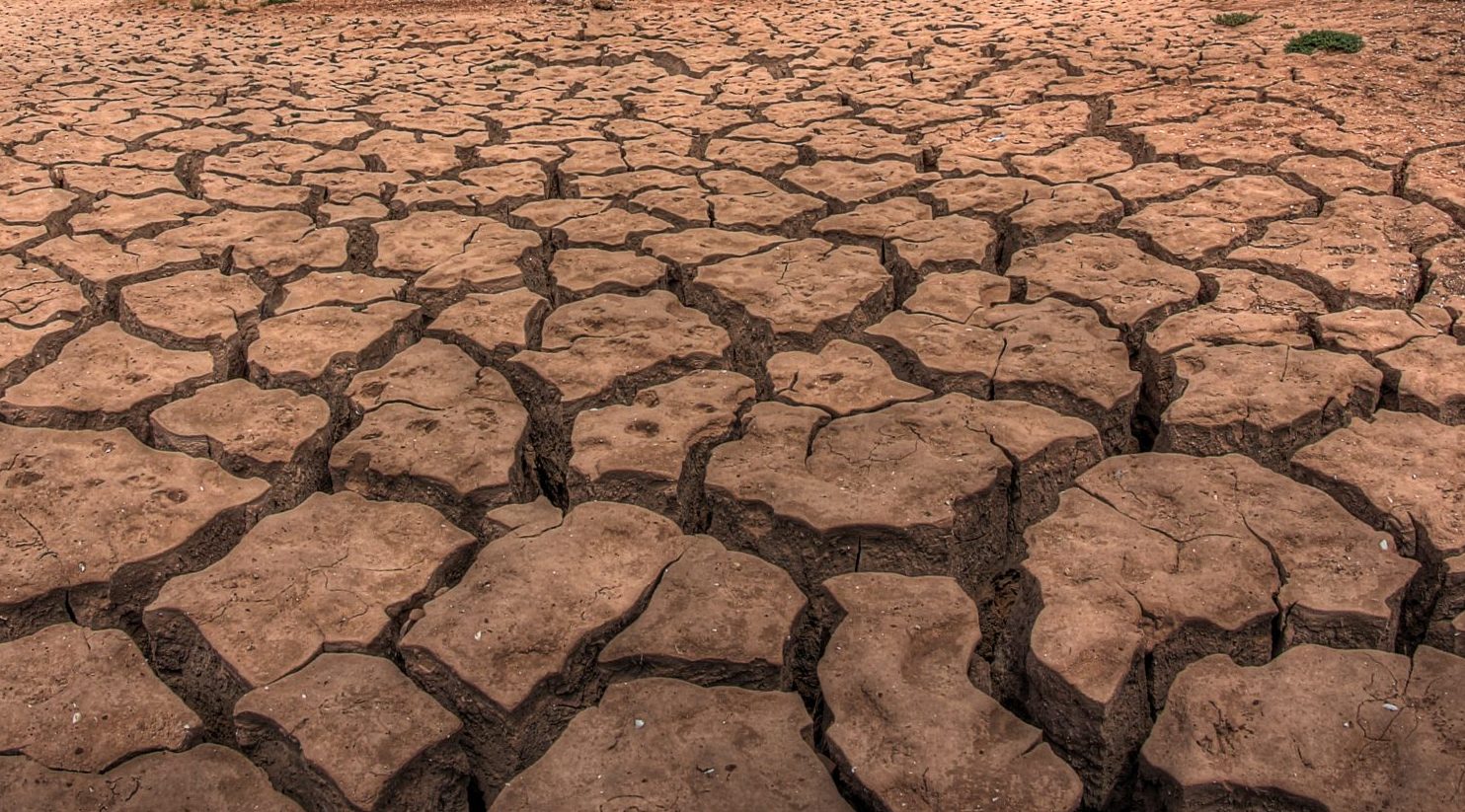
Textures can add depth and interest to abstract photographs. Look for textures in natural and man-made objects.
Exercise: Texture Photography
- Find subjects with interesting textures such as peeling paint, cracked earth, or smooth stones.
- Use side lighting to emphasize the texture.
- Get close to the subject and fill the frame with the texture.
4. Light
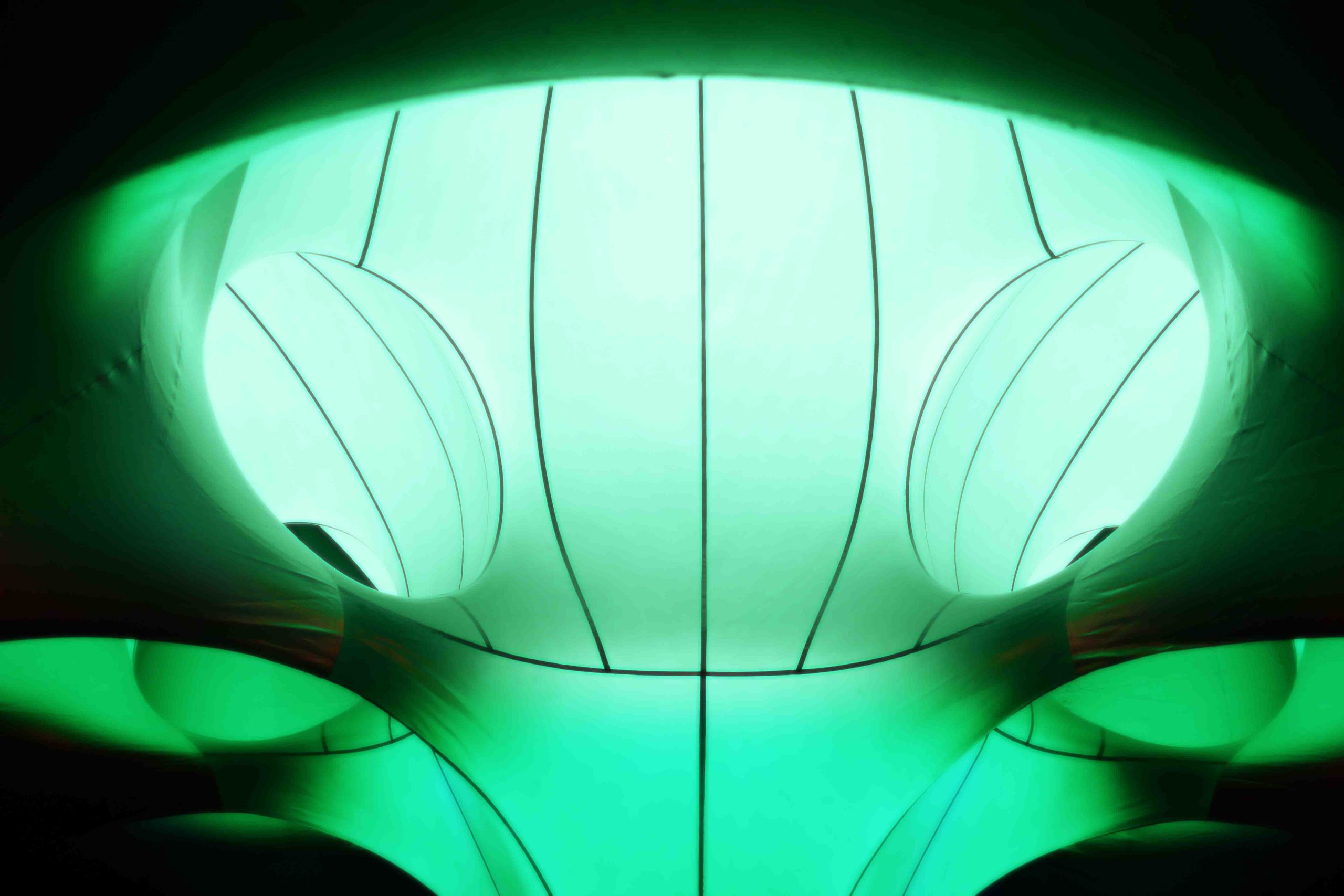
Light can be manipulated to create abstract images. Experiment with photographing through translucent surfaces, using motion blur, or light painting.
Exercise: Light Photography
- Photograph through translucent materials like frosted glass or sheer fabric.
- Use a slow shutter speed to capture motion blur or try light painting with a flashlight or LED lights in a dark room.
- Experiment with different light sources and colors.
5. Patterns

Isolating patterns can create compelling abstract images. Patterns can be found in nature, architecture, and everyday objects.
Exercise: Pattern Photography
- Look for patterns in tiles, fabrics, leaves, or shadows.
- One idea is to use a telephoto lens to isolate the pattern and eliminate distractions. However, you can use any lens to focus on patterns.
- Experiment with different angles to create dynamic compositions.
6. Liquids
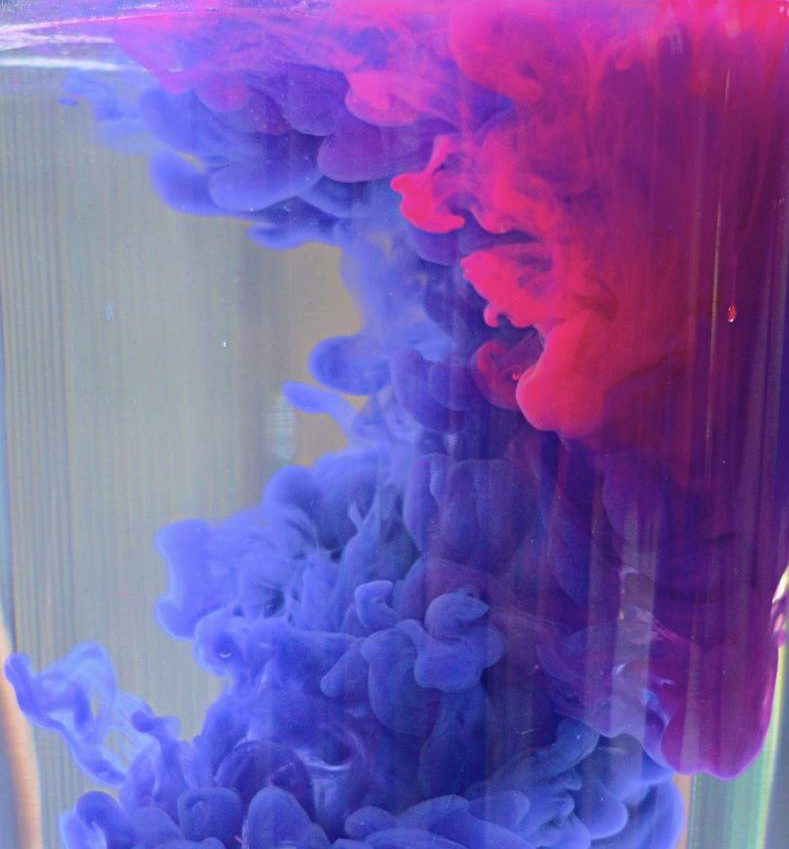
Liquids can form interesting shapes and patterns. Photographing oil and water mixtures or other liquids can produce abstract results.
Exercise: Liquid Photography
- Mix oil and water in a clear container and photograph the interactions.
- Use a macro lens to get close and capture the details.
- Experiment with different light sources to see how they affect the appearance of the liquids; for example, try putting a light underneath the clear container with liquid. Backlight can yield really interesting results.
7. Motion
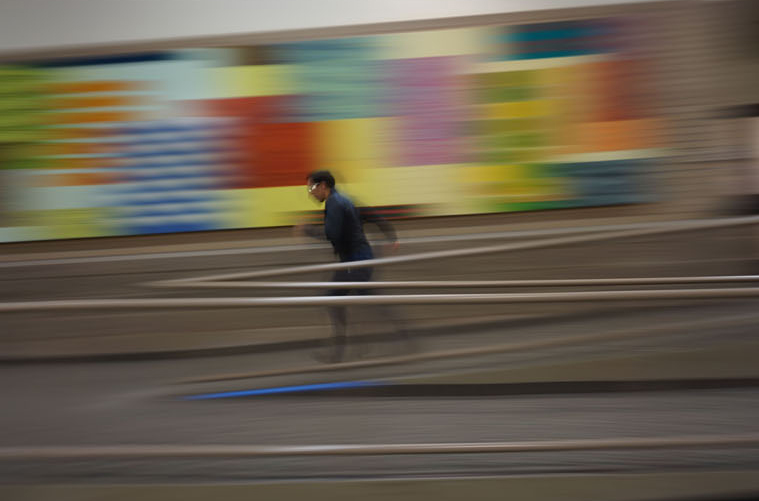
Using a slow shutter speed can transform movement into an abstract image. This technique is great for capturing the essence of motion.
Exercise: Motion Photography
- Find a subject in motion, such as a dancer, a car passing by, or a flowing river.
- Set your camera to Shutter Priority mode and choose a slow shutter speed (e.g., 1/30s or slower).
- Experiment with different speeds to capture varying degrees of motion blur.
8. Glass
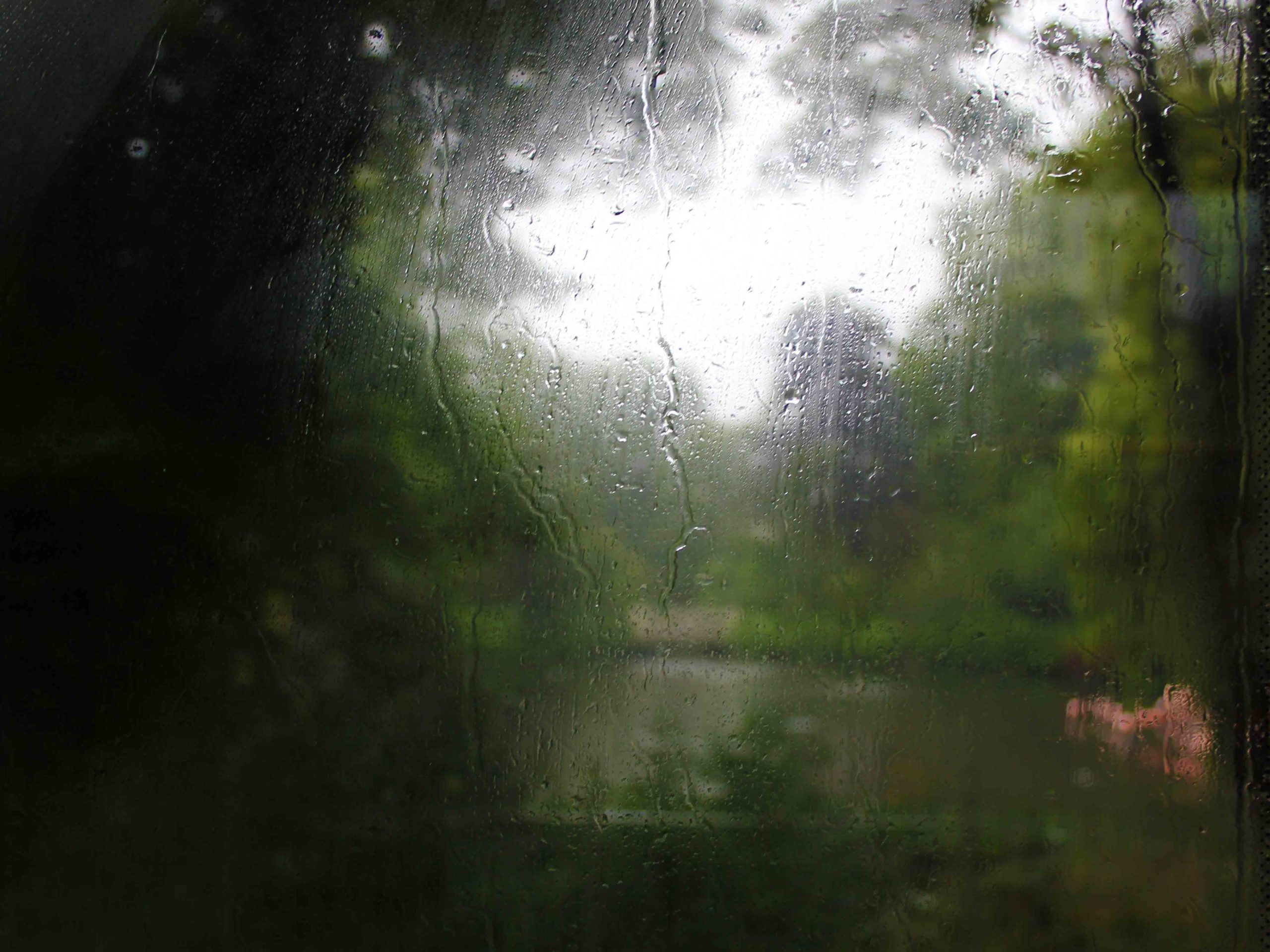
Glass can distort light and subjects behind it, creating unique abstract images. Experiment with clear and colored glass.
Exercise: Glass Photography
- Fill a clear glass with water and place it in front of a colorful subject.
- Observe how the glass distorts the subject and light.
- Use different angles and lighting to enhance the distortion effects.
9. Shadows
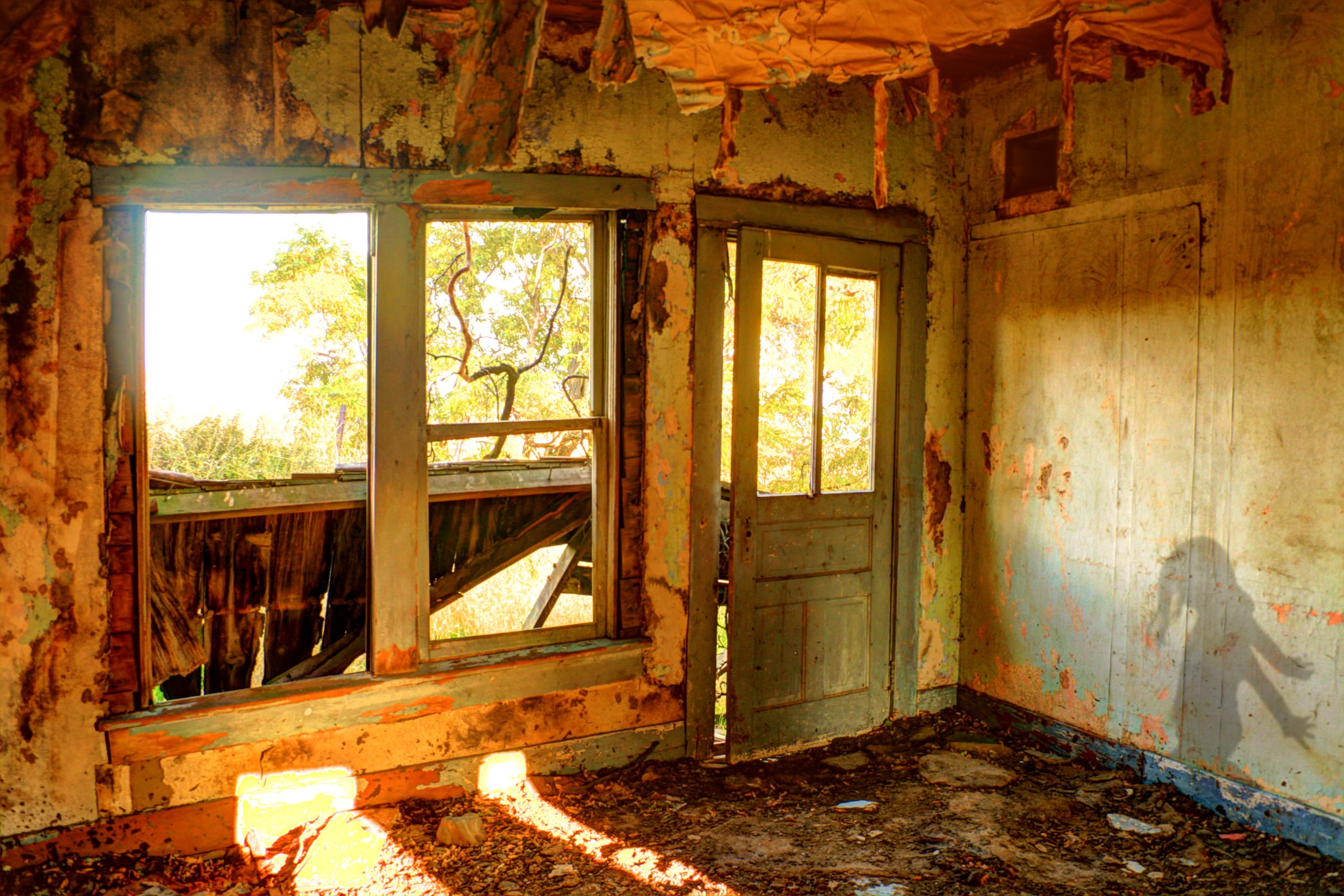
Shadows can alter the appearance of objects, creating abstract shapes and forms. Experiment with different light angles to create interesting shadows.
Exercise: Shadow Photography
- Use a strong light source to cast shadows of various objects.
- Experiment with the angle and distance of the light source to create different shadow effects.
- Focus on the shapes and patterns created by the shadows.
10. Shallow Depth of Field
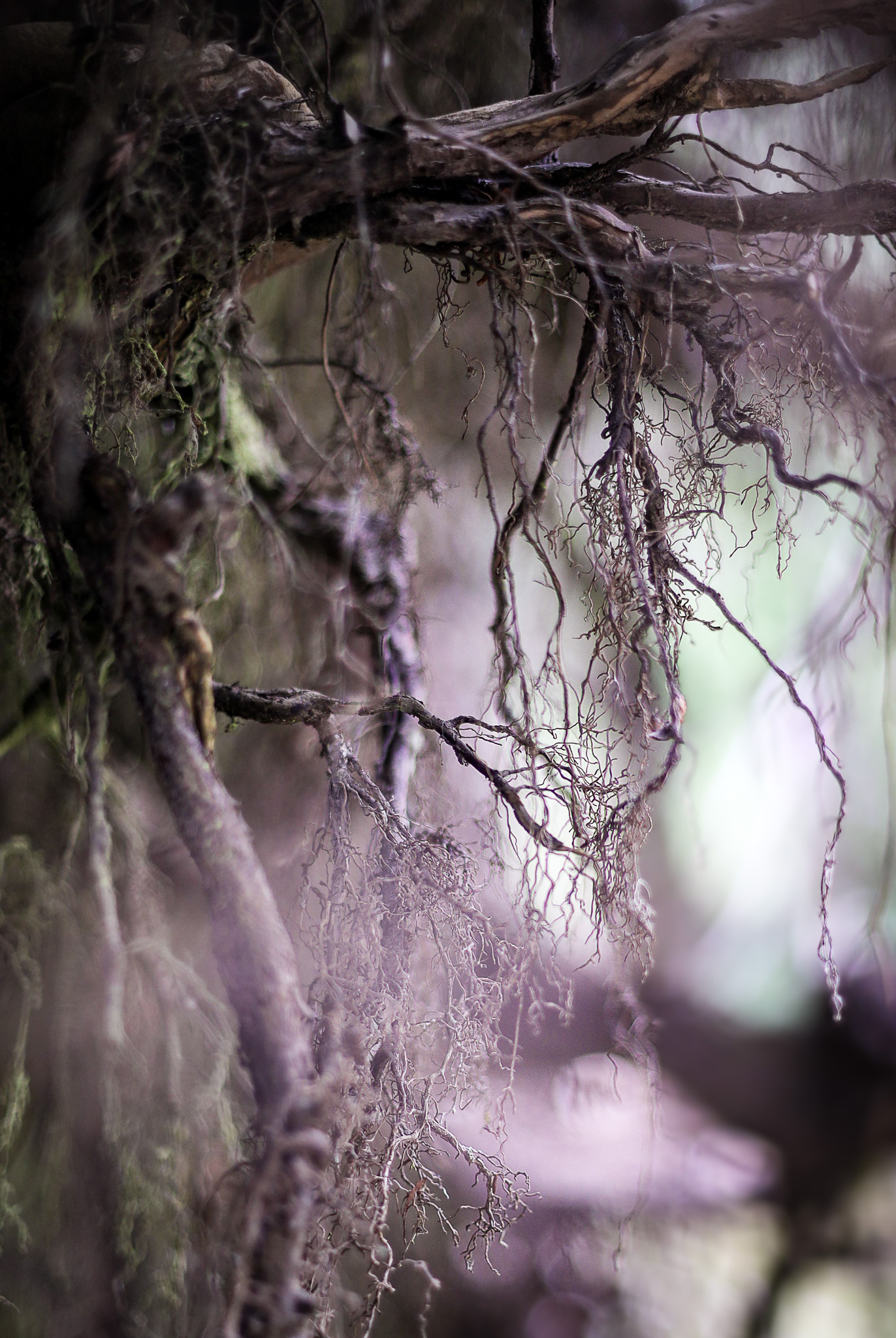
A shallow depth of field can isolate parts of a subject, creating an abstract effect. Use this technique to focus on specific details while blurring the background.
Exercise: Shallow Depth of Field Photography
- Set your camera to Aperture Priority mode and choose a wide aperture (e.g., f/2.8).
- Focus on a small part of a subject, such as a flower petal or a piece of fabric.
- Experiment with different compositions and distances to create varying degrees of blur.
Tips for Success
- Experiment with Different Techniques: Don’t be afraid to try new techniques and settings. Abstract photography is about creativity and exploration.
- Use Post-Processing Tools: Editing software can enhance colors, contrast, and other aspects of your abstract images. Don’t forget to use the crop tool when necessary. One of the key elements of abstract photography is isolating the interesting elements and cutting out unnecessary distractions.
- Observe and Learn from Others: Study the work of abstract photographers to gain inspiration and new ideas.
By practicing these exercises and applying the techniques discussed, you will be able to create aesthetically appealing abstract photographs. Abstract photography allows you to see the world differently and express your creativity through unique and captivating images.
